Just the begining for the PSC

It’s the end of the fellowship! We have spent the past month off-boarding our work onto the new team, reflecting on the past 10 months, and helping the PSC set sights for what’s next.
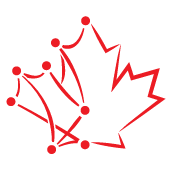
Project updates from partnership between Code for Canada and Public Service Commission
Mises à jour sur le projet entre Code for Canada et la Commission de la fonction publique

It’s the end of the fellowship! We have spent the past month off-boarding our work onto the new team, reflecting on the past 10 months, and helping the PSC set sights for what’s next.
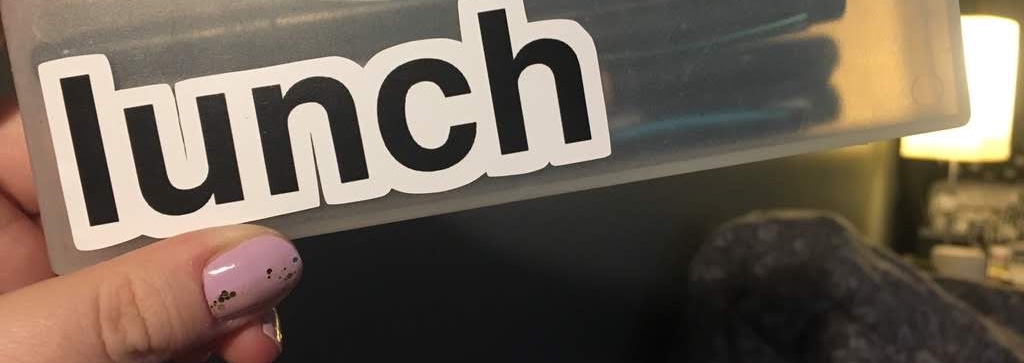
Knowledge transfer is an important part of transitioning off of a project.

When it comes to building a new product in the government, accessibility isn’t an option, it’s a must.

Iteration is one of the cornerstones of agile development, and of any agile team.

We’re six months into our Fellowship, and for this month’s project update, we decided to take a step back to remind everyone how we got here.
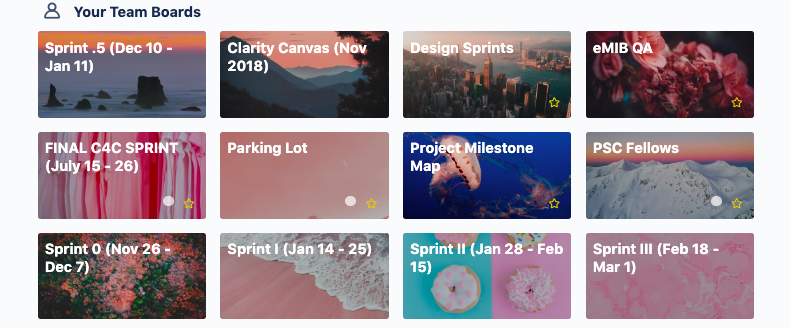
At our last check-in, we talked about the end of our Discovery period. Since then, we’ve quickly moved into the build phase of this project. Until the end of June we’ll be working on product feature implementation through design, build, test, and iteration. Since we’re the first agile software development team at the PSC, we thought this update would best serve to talk about how we work. When we first arrived, we were given a number of high-level items that we were asked to build. These large items are called Epics. From these, we break each feature into a User Story (short, simple descriptions of features, told from the perspective of the person who would be taking an action). The idea of breaking down an epic is to give the product team implementable features that can be completed during the sprint cycle.

Code for Canada fellowships are broken up into 4 phases: Onboarding, Discovery, Build, and Transition. Our team at the Public Service Commission (PSC) transitioned from Discovery to Build about a month ago, and in doing so, have redefined our product goals, and the process we use to achieve those goals.

Sketching sessions are great for a number of reasons. You can use these activities as a tool to understand your client’s vision and to gain alignment on their needs. It’s also great for generating ideas quickly with your team. Over the course of our fellowship, we’ve done sketching activities with both our product team and business clients.

Since early November, we have been in a project phase known as Discovery. During this phase, we undertook:

One of the objectives of the Code for Canada program is for fellows to conduct user research in order to understand user needs, develop a product plan, and test assumptions about the problem space with candidates applying for middle-management level positions in the federal public service. User research provides a valuable baseline of data from which to scope an appropriate solution.
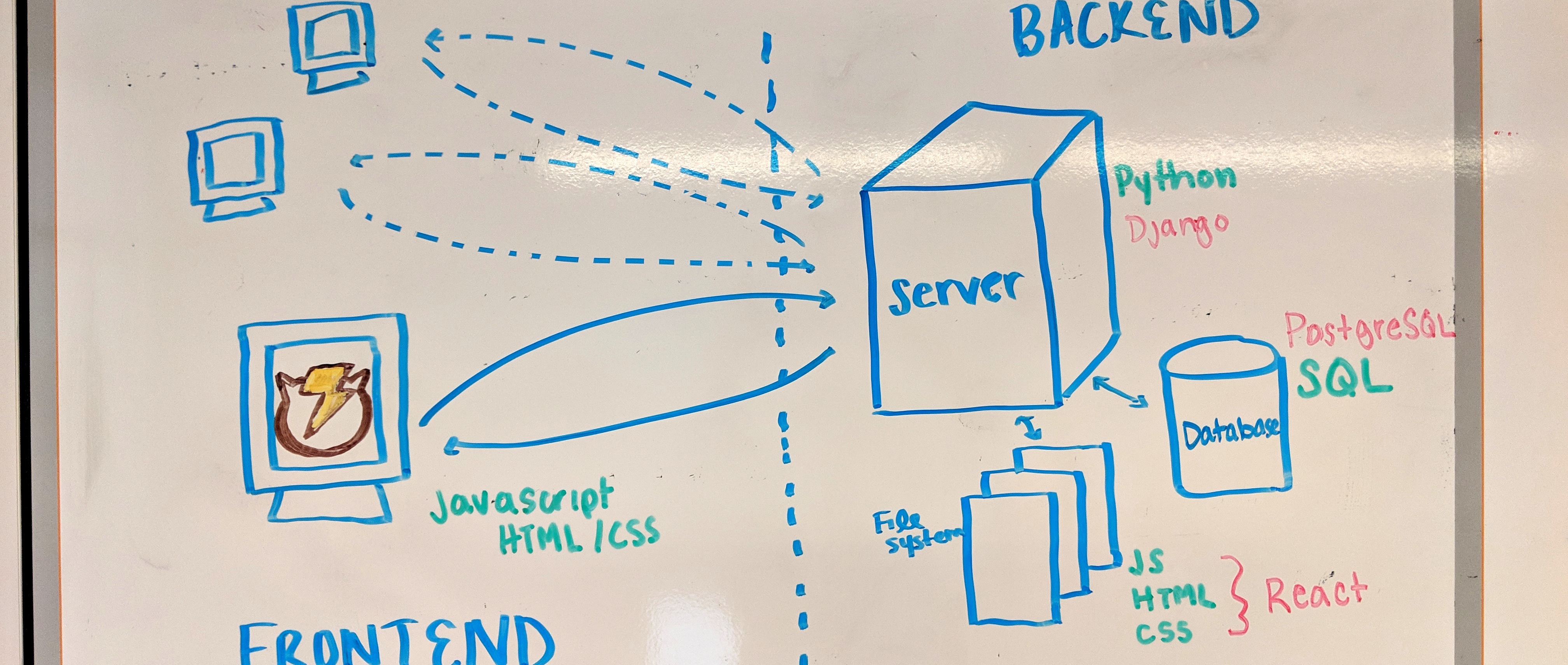
This is a copy of the tech stack proposal used for the partnership project with Code for Canada and the Public Service Commission.
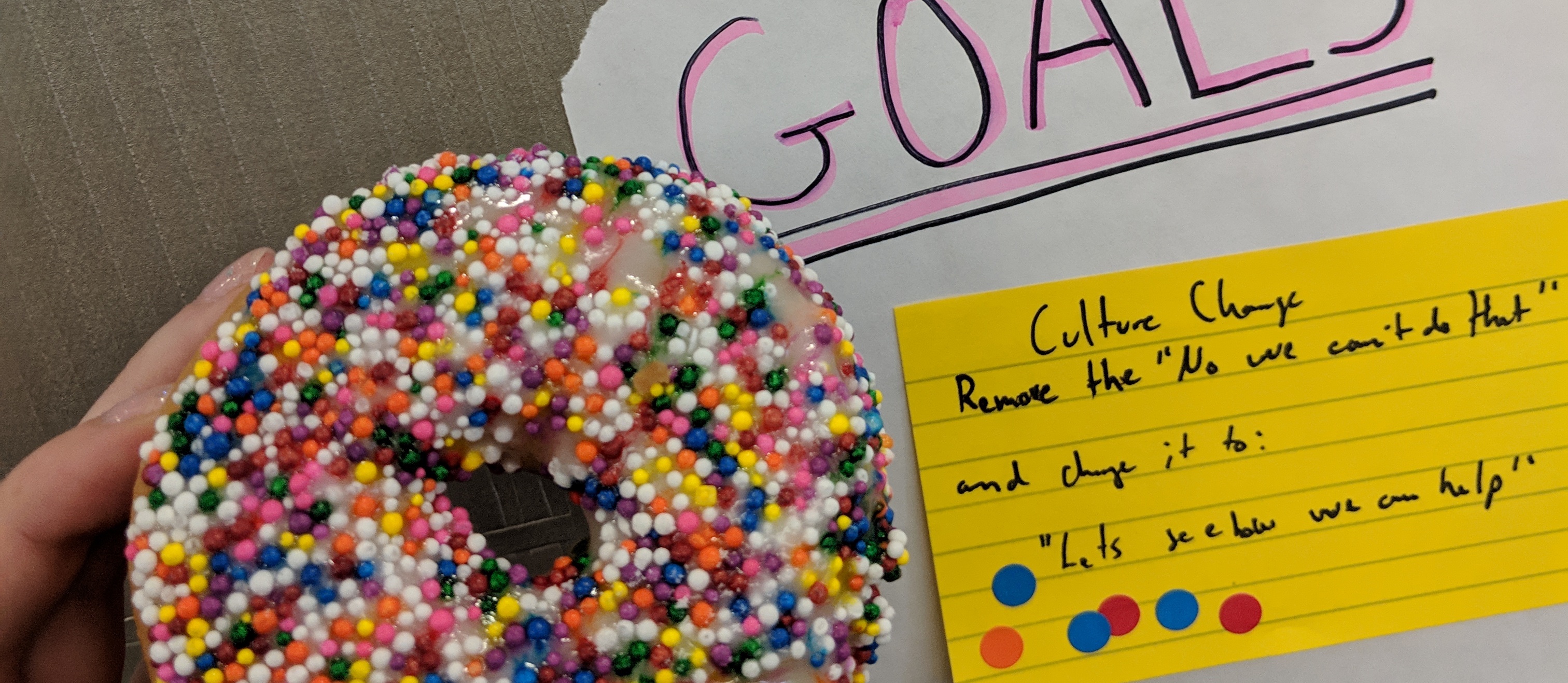
As we continue through our Discovery period, we had the opportunity to present a status update to our stakeholders at our December Project Panel meeting.

If you’re looking to learn about the PSC Code for Canada Fellowship team, you’ve come to the right place! Every month we’ll be sharing updates on the project.

As fellows, we’re introducing some new roles to the Public Service Commission. Here’s how we described our skills to our new teammates.

Code for Canada fellowship teams spent a month in Toronto doing onboarding sessions. As experienced industry folks, these sessions were useful to give us the context and tools necessary to be successful in the Government of Canada.